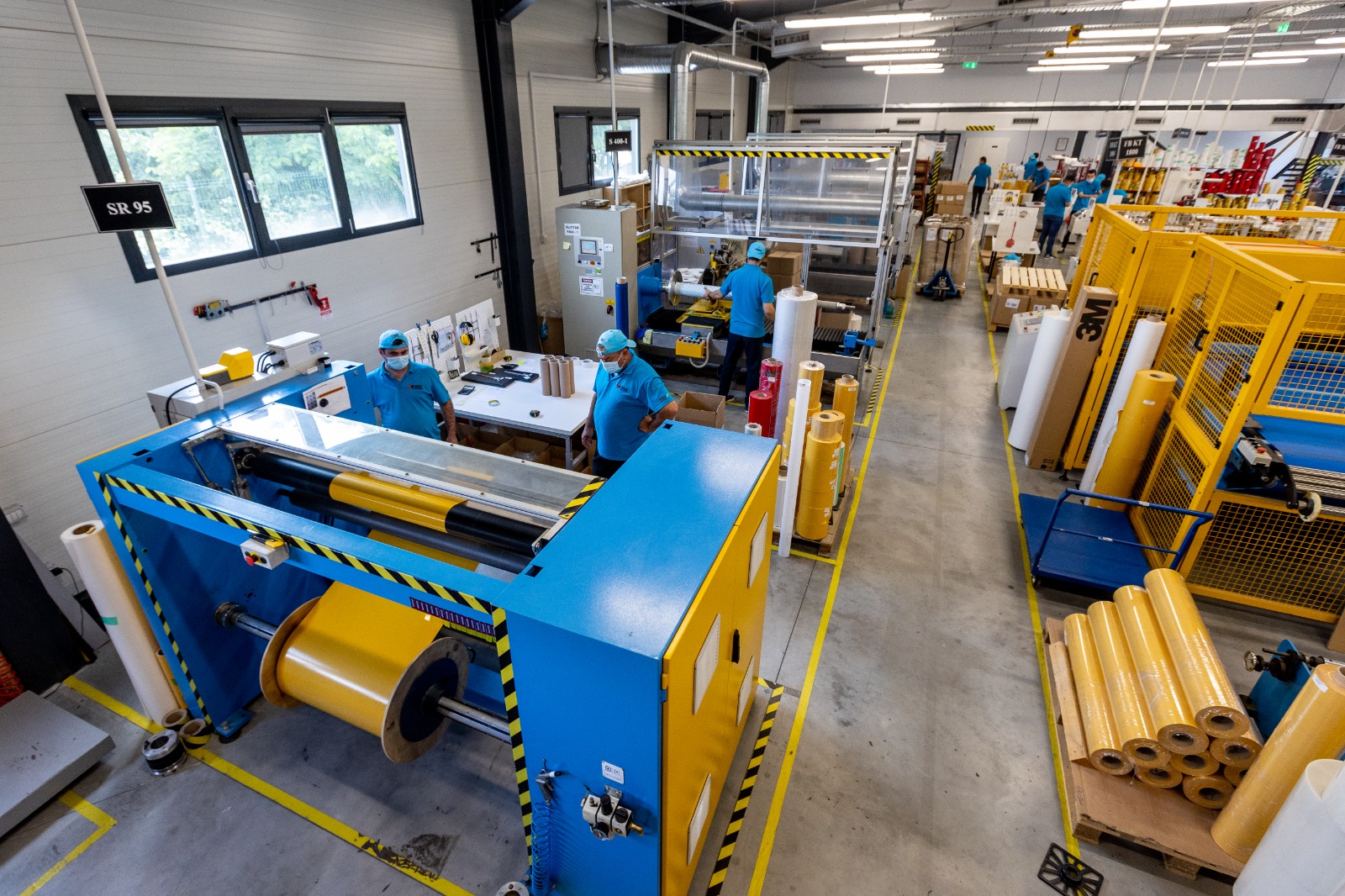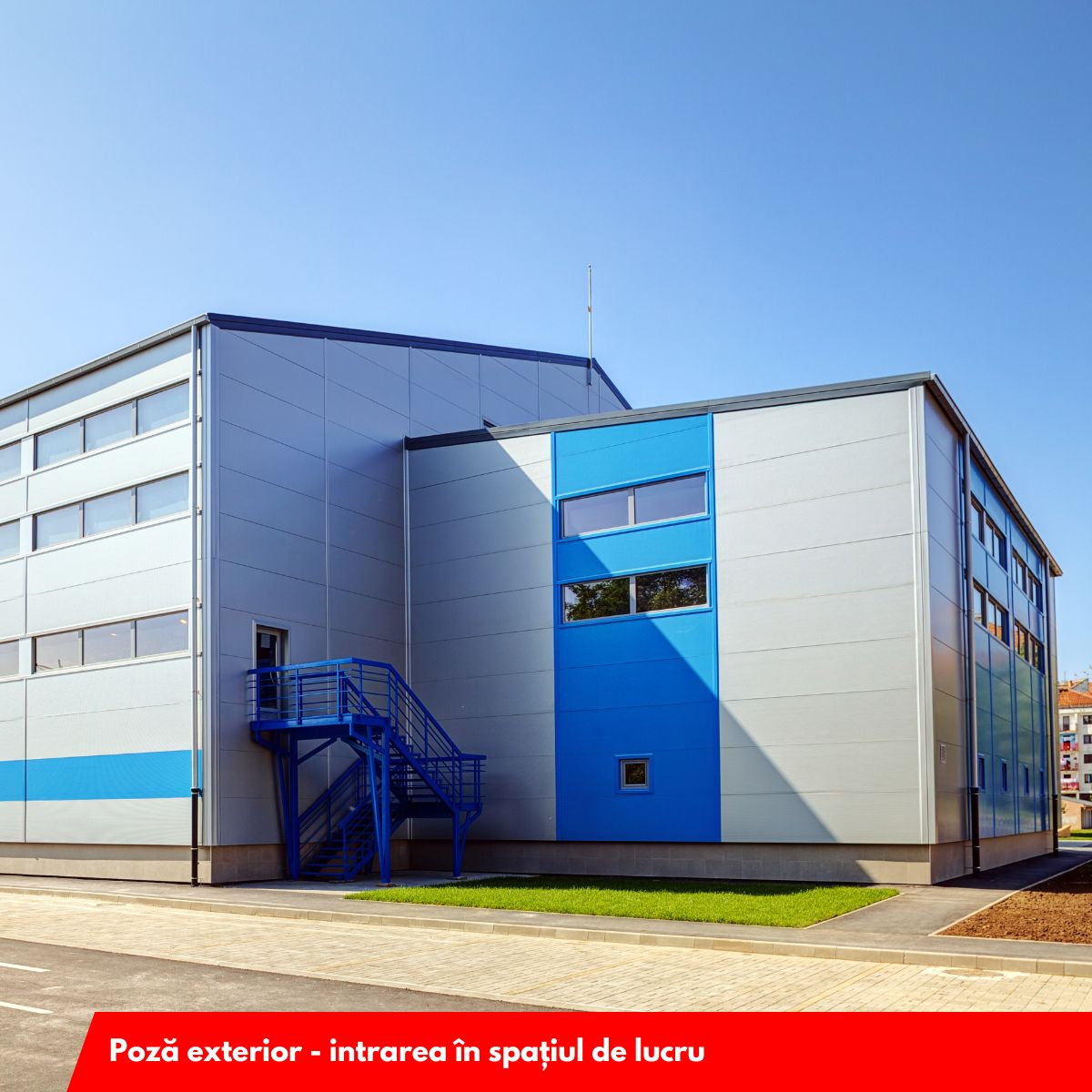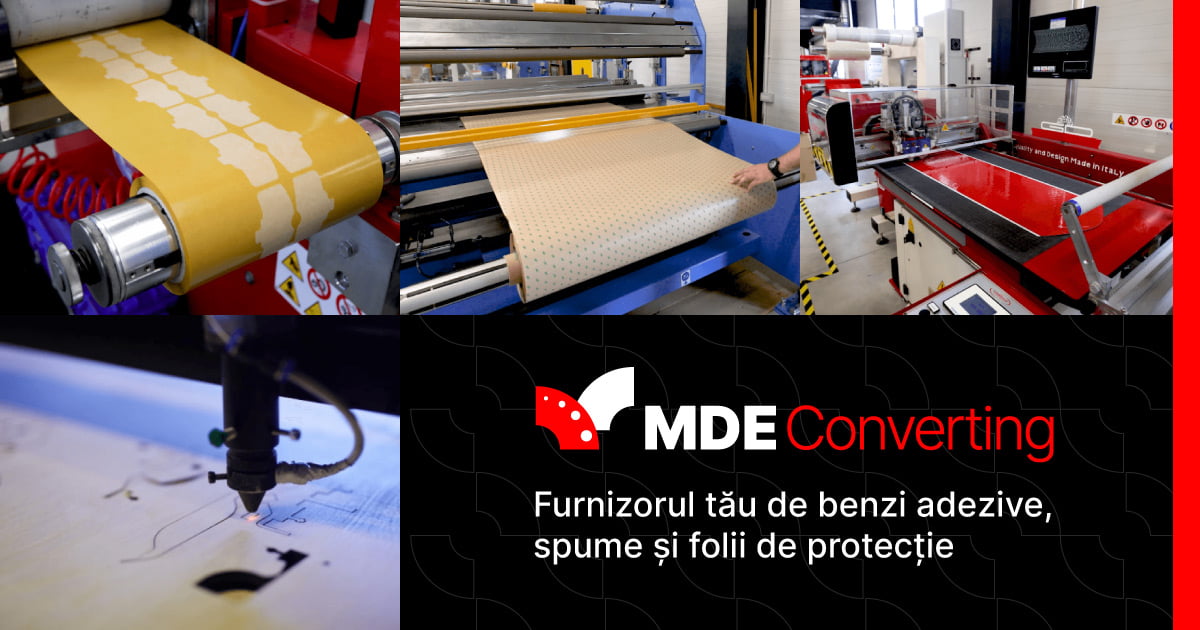Today’s high-performance products are not just distant ideas or simple aspirations. They can actually be brought to life through advanced processes and the expertise of specialists. We see this across many fields of activity, including the complex world of material converting. But what exactly makes them truly effective? For us, it’s customization.
At MDE Converting, our activity means more than just processing materials. In fact, we aim to understand what challenges our clients face and what exactly they want to achieve. This involves a mix of steps that we go through to develop a product that not only works, but excels in the context in which it will be used.
In-depth analysis of project requirements
Every project we work on begins with a discussion and an analysis. Basically, we want to understand what companies need or what problems they are facing. The more information we gather, the easier it will be for our team to create a plan to get started.
In order to find the right solution, it is also important to find the right answers to the following questions:
- Where will the product be used?
- What conditions will it be exposed to?
- How long does it need to last?
- What specifications does it need to meet?
- How will it integrate with other components?
Of course, the answers will depend heavily on the application requirements and the industry of the companies we collaborate with. We do not rush through this stage because, in doing so, there is a risk of overlooking essential details or being forced to use additional resources later for modifications.
What we do is build a solid foundation starting from a concrete execution plan, just like when constructing a house. Without these things, craftsmen cannot build a sturdy house that meets the needs and preferences of the clients. This is how every custom product development project for the industrial ecosystem begins with us.
Design and prototyping of the solution
Once we have the specifications in hand and a solid set of information, we move on to the next step: creation. In the first phase, we decide what materials we need and choose the most suitable ones. Since our company is an authorized converter, we have access to hundreds of options with impressive technical performance that we can process efficiently.
When designing a product tailored to specific needs and requirements, we take into account aspects such as:
- Tolerance
- Adhesive performance
- Ease of assembly
- Environmental impact
- Resistance to extreme conditions
The production phase is the moment when we put all of our experience into action. We know exactly what operations are necessary to create each component and how to set the parameters to achieve excellent results. This can involve the right temperature, the correct pressure, the ideal speed, and many other factors.
How do we know if we've done a good job or not? By testing the initial version, that is, a prototype. In this phase, we can see exactly if what we've created works as we imagined or if modifications are needed.
Testing, validation, and improvement
Termenul „suficient de bun” nu se regăsește în vocabularul nostru. El nu ne dă garanția că produsele vor satisface standardele și cerințele industriale ori așteptările clienților. Vrem să fim siguri că ceea ce iese din firma noastră, va funcționa perfect în orice situație pentru mult timp.
How do we do this? We take the prototype and put it to the test. We subject it to conditions similar to those in real life and then observe how it performs. Based on the results we obtain, we determine what improvements need to be made. This way, we can enhance performance and ensure that our partners will receive solutions that are both high-quality and reliable.
Here are some aspects that we test:
| What we test | Why it matters |
| Flexibility | Essential for applications that involve bending or a high level of adaptability |
| Thermal behavior | Essential for products exposed to varying temperatures |
| Chemical resistance | Important for components exposed to various chemicals |
| Water resistance | Determines how well it protects against moisture and infiltration |
Only after the prototypes pass our rigorous tests will we decide whether to proceed to the final solution production or if adjustments are needed. In practice, this is a process that can make the difference between a good product and one that is truly high-performing. Moreover, it helps us adapt it exactly to specific requirements, down to the smallest detail.
We turn ideas into innovative products
We don't just convert materials, but innovative ideas into reality. From the first discussions and sketches to the final product, our process is built around the needs of our partners. What represents a challenge for them is, for us, an opportunity to innovate and provide them with a competitive advantage in their market. This is how MDE Converting creates fully customized solutions that support industrial development and efficiency.




